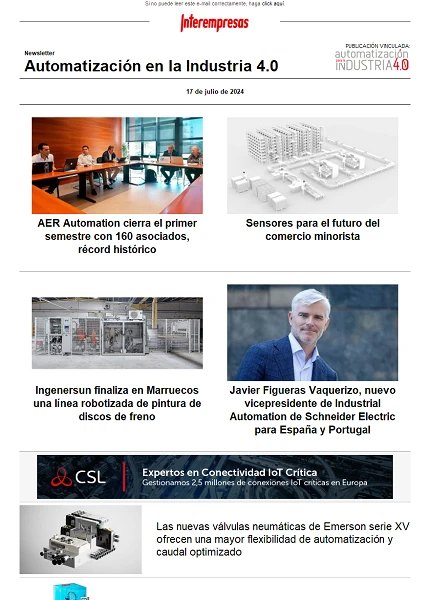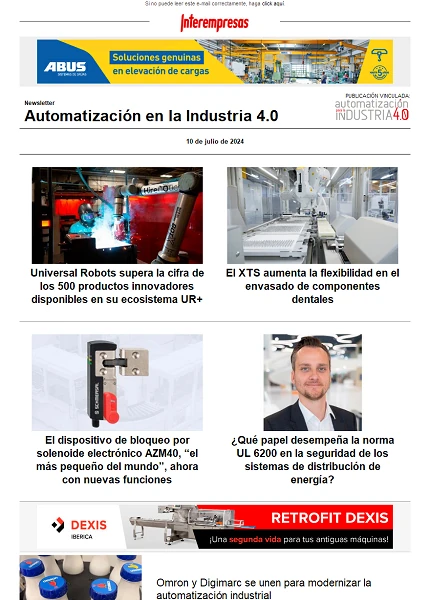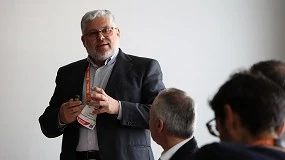Strategies for reconstruction 2D in calligraphic Interfaces
(1) DEGI-FACULTY OF ENGINEERING. Polytechnic University of Valencia. Camino de Vera s/n, 46022 Valencia
Telf. 963879516 e-mail: fernasan@degi.upv.es
(2) University of Laguna AV. Ángel Guimerá George s/n 38.204 La Laguna Tenerife
(3) SDR - FACULTY OF ENGINEERING. Polytechnic University of Cartagena. C / Doctor Fleming s/n 30.202 Murcia
01/12/20021. Introduction
Currently the REGEO research group [1], has an application prototype that allows the generation automatic modelling of surfaces of 3D objects of the type normalón (is that a figure representing a normalón when there are three main directions)(, i.e., when the links of the figure are oriented according to three and only three directions) or quasi-normalón from the Freehand sketch of an aerial view of the same. This application integrates Interfaces Caligráficas and reconstruction Geometrica.
The reconstructed 3D model is obtained from an appropriate data structure, based on algorithms developed for the reconstruction of the REGEO group normalones. In order to generate this data structure, a module of prepoceso to perform the necessary tasks of cleaning and adjustment of the input data is required. This stage call it rebuilding Geometrica 2D. The objective of this stage is to convert the sketches made by the user, in geometrically consistent 2D figures, to serve as the phase of reconstruction Geometrica 3D for generating three-dimensional models. Its main task is to filter all the imperfections and errors that contain sketches of departure and which are inherent to their own nature of imprecise and incomplete drawings.
In order to perform this task in an efficient way, is a classification of entities that the user outlines. Thus, once classified, according to their properties is its handling, after which it will be perfectly adjusted with the already existing entities and the phase of reconstruction Geometrica 3D can be done.








